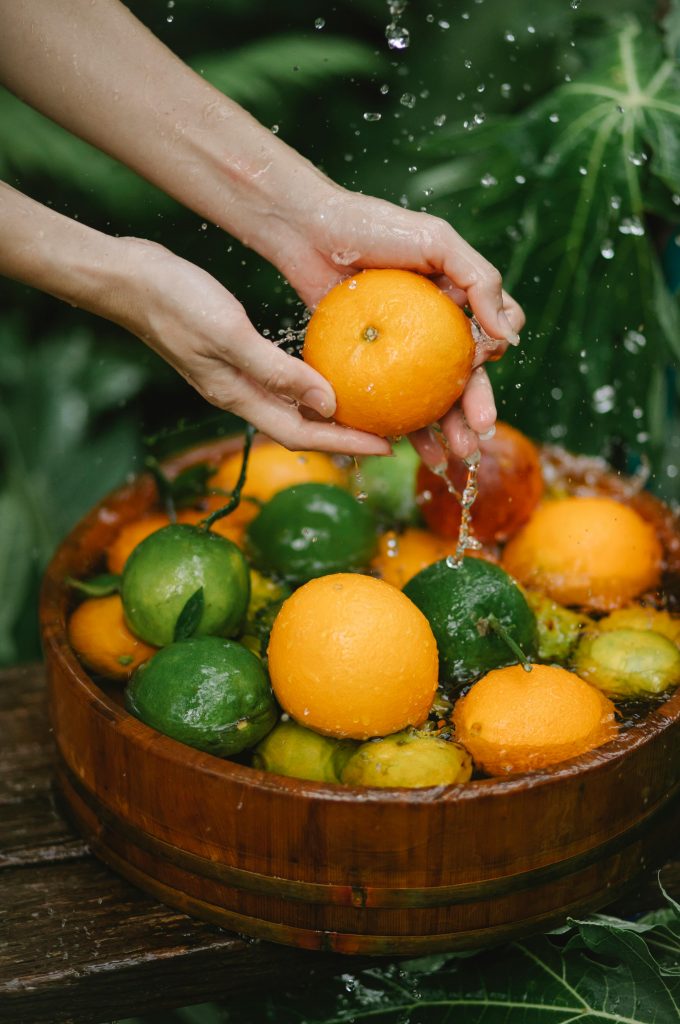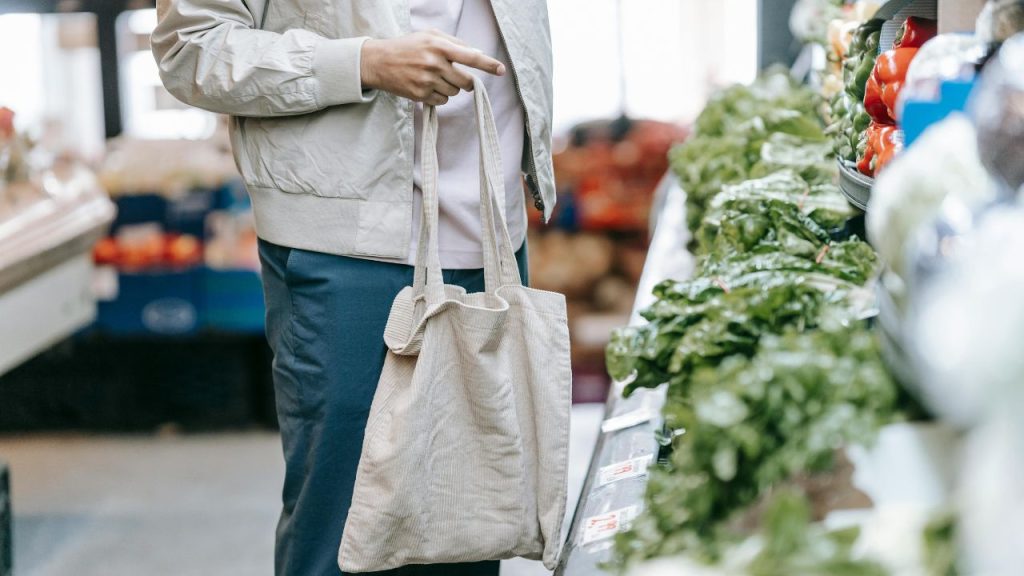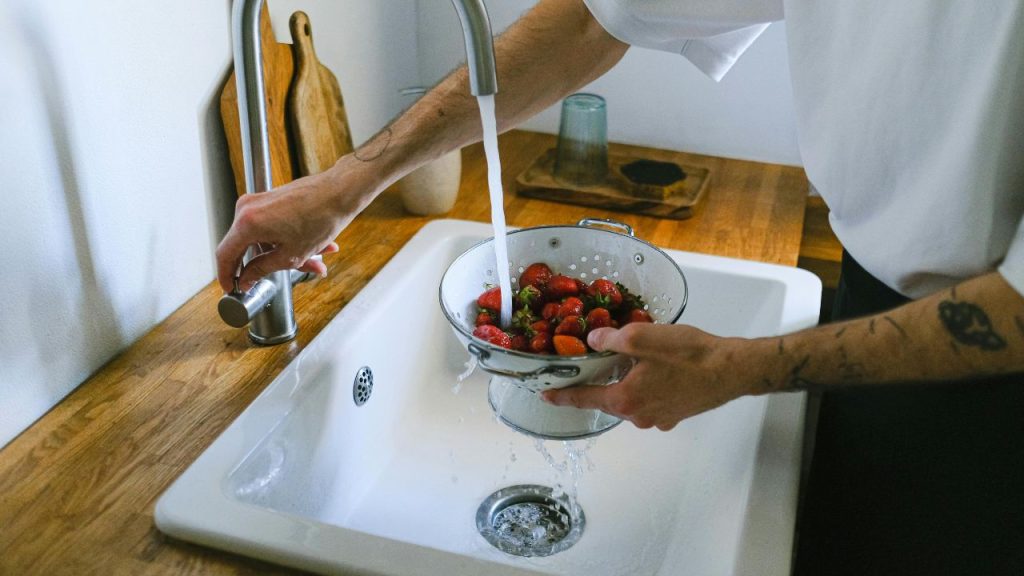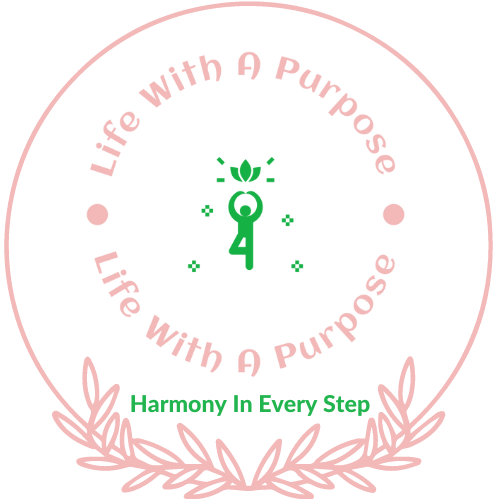Empowering Lifestyle Transformation
Shop Smarter, Eat Cleaner


Shop Smarter, Eat Cleaner: Insider Label Secrets and Washing Product
I understand that in our busy lives, we often overlook the significance of food labelling and its impact on our health. I know it can feel overwhelming to decipher labels while navigating our busy schedules. But, at the end of the day, it’s about prioritizing our well-being. Checking labels isn’t just a chore it’s a way of consciously choosing what we consume, nurturing our bodies with every bite and now we have Shop Smarter, Eat Cleaner to help us.
Sure, there are times when we’re rushed or stressed, and that’s okay, but whenever we can, it’s worth taking a moment to care about what we’re putting into our bodies. Typically, fewer ingredients on the label indicate a healthier choice, and when we recognize and understand every ingredient listed, we know we’re making the right decision.
When it comes to fruits and veggies, ideally, they shouldn’t come with a list of ingredients, but if they’re not organic, learning to wash them properly becomes crucial. It may seem hard at first, but as we get into understanding food labels and master the art of washing produce, it becomes second nature.
So, let’s embark on this journey together. Let’s empower ourselves with the knowledge to read labels effectively and wash produce properly, let’s try to spread the word too. It’s a journey toward better health, and with each step, it becomes a part of our everyday routine.

Shop Smarter, Eat Cleaner : Deciphering Nutrition Labels
For those of us who care about health, understanding food labels is key. We often see bold claims on the front of packages. But words like ‘low-fat’ or ‘high in fiber’ don’t always tell us everything. We need to watch out for hidden ingredients like added sugars, too much salt, or fake additives.
Deciphering Nutrition Labels: Beyond the Marketing Hype
For those of us who care about health, understanding food labels is key. We often see bold claims on the front of packages. But words like ‘low-fat’ or ‘high in fiber’ don’t always tell us everything. We need to watch out for hidden ingredients like added sugars, too much salt, or fake additives.
Looking closely at the ingredient lists and Nutrition Facts is vital. This info must be shown on food labels by law. It helps us know what we’re really eating. Yet, sometimes, the efforts of companies to sell and strict rules can clash. This can make labels less useful than they should be. For example, saying water is “gluten-free” is technically true but can be misleading. It does not talk about other possible harmful stuff in it.
Health claims on food labels sometimes come with catches. These claims have to be checked by health groups. This means they have to add warnings that can make their grand statements less impressive. Take green tea, for instance. Its possible health perks are shown with needed warnings. This shows why understanding food labels deeply matters. It helps us see past just the selling points.
“Understanding Nutrition Facts and ingredient lists is not just about identifying bad factors in our food. It’s about making conscious choices that align with our health needs and nutritional goals.”
Learning to read and understand labels means we can Shop Smarter, Eat Cleaner. It’s about ignoring the buzz and looking at what really impacts our health. Knowing the difference in fats or the many names for sugar helps. This way, we can avoid hidden ingredients bad for a good diet. In the end, it is up to us to gain the knowledge. We must strive to see beyond the marketing to what’s really in our food.
Common Terms Explained:
When it comes to food labels, terms like “organic,” “non-GMO,” and “natural” are often thrown around. But what do they really mean? Let’s break it down:
Organic: Foods labelled as organic are grown without synthetic pesticides, fertilizers, or genetically modified organisms (GMOs). Look for the USDA organic seal for certified organic products.
Non-GMO: Non-GMO indicates that a product does not contain genetically modified organisms. However, it’s essential to note that not all non-GMO foods are organic.
Natural: The term “natural” can be misleading, as it does not have a standardized definition. Be cautious and look for additional certifications or labels to verify the product’s natural claims.
Understanding the Nutrition Facts Panel:
The nutrition facts panel is your ultimate guide to understanding the nutritional content of a product. Here’s what to look for:
Serving Size: Pay attention to the serving size, as all other nutritional information is based on this portion.
Calories: Check the number of calories per serving and consider how it fits into your daily caloric needs.
Nutrients: Look for key nutrients like fat, carbohydrates, protein, fiber, vitamins, and minerals. Aim for foods high in nutrients and low in unhealthy fats, sugars, and sodium.
% Daily Value: The % daily value indicates how much a nutrient in a serving contributes to a daily diet based on a 2,000-calorie diet. Use this as a guide to make healthier choices.
Tips for Spotting Deceptive Labels:
Unfortunately, not all food labels are created equal, and some may use deceptive tactics to lure consumers. Here are some red flags to watch out for:
Misleading Claims: Be wary of exaggerated health claims like “all-natural,” “fat-free,” or “low-calorie.” Always read the fine print and look for evidence to support these claims.
Hidden Sugars and Additives: Ingredients like high-fructose corn syrup, artificial sweeteners, and trans fats can hide behind innocent-sounding names. Take a closer look at the ingredient list and opt for products with fewer and more recognizable ingredients.
Marketing Tricks: Packaging can be deceiving, with labels designed to distract from the actual nutritional content. Don’t be swayed by flashy packaging or celebrity endorsements; instead, focus on the facts.

Shop Smarter, Eat Cleaner : Hidden Ingredients
Being health-conscious means always watching out for hidden ingredients in our food. These substances are tricky. They can mess with our health without us noticing. Things like synthetic pesticides are big red flags. Some can even cause serious illnesses, such as cancer, heart disease, and problems with our brain health.
Hidden Ingredients to Avoid for a Healthier Diet
Insect killers (organophosphates) and weed killers (glyphosate) are especially worrying. Research tells us they can hurt our hormone systems and damage our nerves. Their sneaky presence in food puts them on the list of hidden ingredients to avoid. Avoiding them helps us live longer and better lives.
Identifying and avoiding harmful ingredients through diligent label reading is paramount to nurturing healthier dietary routines and reducing the risk of disease.
To protect your health, it’s crucial to spot these hidden ingredients. Always check food labels carefully. This habit helps you dodge harmful substances. It also leads you toward a lifestyle filled with health and energy. Being smart about what you eat blocks bad ingredients from sneaking into your die, keep in mind Shop Smarter, Eat Cleaner.
The Dangers Lurking in Processed Foods:
Processed foods may be convenient, but they often come with a host of hidden dangers. Here’s what you need to know:
Additives and Preservatives: Many processed foods contain additives and preservatives to enhance flavour, texture, and shelf life. However, some of these additives have been linked to adverse health effects, including headaches, allergic reactions, and digestive issues.
Artificial Ingredients: Artificial colours, flavours, and sweeteners are commonly found in processed foods, but they offer little to no nutritional value and may even pose health risks. Opt for whole, natural foods whenever possible to avoid these artificial additives.
Red Flags on Labels:
When reading food labels, keep an eye out for these common culprits:
High Fructose Corn Syrup: This highly processed sweetener is often added to beverages, condiments, and processed foods and has been linked to obesity, diabetes, and other health issues.
Hydrogenated Oils: Trans fats, found in partially hydrogenated oils, can raise bad cholesterol levels and increase the risk of heart disease. Check the ingredient list for hydrogenated or partially hydrogenated oils and choose products with healthier fats like olive oil or avocado oil.
Artificial Sweeteners: While marketed as calorie-free alternatives to sugar, artificial sweeteners like aspartame, saccharin, and sucralose may have negative health effects and can disrupt metabolic processes. Choose natural sweeteners like honey, maple syrup, or stevia instead.
Healthier Alternatives:
Shop Smarter, Eat Cleaner helps you to avoid hidden ingredients and enjoy cleaner eating, consider these healthier alternatives:
Whole Foods: Opt for whole, minimally processed foods like fruits, vegetables, whole grains, lean proteins, and healthy fats. These foods are naturally nutrient-dense and free from harmful additives.
Homemade Meals: Prepare meals from scratch using fresh, wholesome ingredients whenever possible. Not only will you have control over what goes into your food, but you’ll also savour the flavours of real, unprocessed ingredients.
Read Labels Carefully: Take the time to read ingredient lists and nutrition labels, focusing on whole-food ingredients and avoiding products with lengthy lists of additives and artificial ingredients.
**For additional assistance in checking food ingredients and determining their safety, you can utilize the Environmental Working Group’s (EWG) ‘Food Scores’ database. This online tool provides comprehensive information about various food products, including potential health risks associated with their ingredients. Simply visit EWG Food Scores to access this valuable resource.
Fresh Over Processed: The Importance of Washing Produce
Eating lots of fruits and veggies is key to staying healthy. But, it’s also important to make sure they are safe to eat. There are growing worries about pesticides and food safety these days. So, knowing how to store and handle fresh produce is crucial. Choosing fresh over processed food means we need to learn how to get them ready to eat safely.

Why Washing is Crucial for Removing Residues
Even if you’re careful when buying fruits and veggies, they can still have harmful stuff on them. Things like pesticide leftovers can be on both regular and organic produce. Washing them well isn’t just about getting rid of dirt. It’s a key step in lowering the risk from these harmful substances. So, learning the right way to wash them helps keep us healthy and lets us enjoy their benefits.
DIY Fruit and Vegetable Wash: Homemade Solutions
Making your own DIY fruit and vegetable wash is an easy and cheap way to clean your produce. A common homemade mix uses baking soda and water. Science has shown this mix can get rid of some pesticides very well. But, you have to be patient because it works best after soaking for a while. This approach is a Shop Smarter, Eat Cleaner effective way to make sure our fruits and veggies are as clean as possible.
Step-by-Step Washing Guide:
Follow these simple steps to wash your fruits and vegetables effectively:
Start with Clean Hands: Wash your hands thoroughly with soap and water before handling produce to prevent cross-contamination.
Rinse Under Cold Water: Rinse fruits and vegetables under cold, running water, rubbing them gently with your fingers to remove dirt and debris.
Use a Produce Brush: For firm produce like apples, potatoes, and cucumbers, use a clean produce brush to scrub away dirt and residues.
Soak in Vinegar Solution: For leafy greens and delicate fruits, soak them in a solution of one part vinegar to three parts water for 5–10 minutes to help remove pesticides and bacteria.
Rinse Again: After soaking, rinse the produce under cold water once more to remove any remaining vinegar solution and debris.
Dry Thoroughly: Pat produce dry with a clean cloth or paper towel to remove excess moisture, which can promote bacterial growth.
DIY Fruit and Vegetable Wash Recipes:
For an extra boost of cleaning power, try these homemade fruit and vegetable wash recipes:
Vinegar Wash: Fill a bowl with cold water and add the apple cider vinegar . Soak fruits and vegetables for 5–10 minutes or 20 minutes if you have time , then rinse well under cold water.
Lemon Soak: Fill a bowl with cold water and add the juice of one lemon. Soak fruits and vegetables for 5–10 minutes or 20 minutes if you have time, then rinse well under cold water.
Baking Soda Scrub: Make a paste using baking soda and water, then use it to scrub firm produce like potatoes and carrots. Rinse thoroughly afterward.

How Your Choices Impact the Environment
Making choices that promote sustainability isn’t just a trend, it’s a commitment to preserving our environment for future generations. And it extends beyond just reducing waste or conserving energy. Even in the way we manage and store our food, there’s an opportunity to make a positive impact.
Shop Smarter, Eat Cleaner : Sustainable Shopping
As someone who deeply cares about the environment, I’ve noticed a growing trend among people like us. More and more, we’re rethinking how we shop, seeking out eco-friendly products and practices that align with our values. It’s not just about personal health, it’s about the health of our planet too.
By opting for sustainable food storage practices, like using reusable containers or purchasing locally sourced produce, we’re not only keeping our food fresh and safe to eat but also reducing our carbon footprint. Every small decision we make adds up, Shop Smarter, Eat Cleaner helps contributing to a healthier planet for us all.
Always keeping in mind the principle of “Shop Smarter, Eat Cleaner” contributes to a better lifestyle and a healthier life. This mantra reminds us to make mindful choices when selecting our food and groceries, ensuring that we prioritize nutrition, quality, and sustainability. By adopting this approach, we not only nourish our bodies with wholesome foods but also support environmental and ethical practices in the food industry. So, let’s embrace the philosophy of “Shop Smarter, Eat Cleaner” and pave the way for a brighter and more vibrant future.
Conclusion
Transitioning to a lifestyle cantered around Shopping Smarter and Eating Cleaner isn’t just a change in habits, it’s a profound shift in life style. It’s about taking ownership of what we put into our bodies and the impact it has on our health and the environment.
For me, it all starts with paying attention to food labels. Understanding the ingredients listed on those labels is like gaining insight into what I’m really consuming. It’s about seeing through the marketing tricks and making informed choices that benefit my well-being.
Clear, transparent labelling empowers me to make smarter decisions at the grocery store, ensuring that I select foods that nourish me and keep me safe. But the journey toward healthier eating doesn’t stop there.
When it comes to deciding between organic and conventional produce, I find myself considering more than just personal preference ( when possible). It’s about weighing the impact of pesticide use on both my health and the planet. Yes, washing fruits and veggies helps remove some of these chemicals, but opting for organic options goes a step further in reducing harmful pesticides and supporting sustainable farming practices.
Each conscious choice I make while Shop Smarter, Eat Cleaner isn’t just about what’s best for me — it’s about what’s best for our planet. It’s about prioritizing fresh, whole foods over heavily processed ones and lending support to eco-friendly farming methods that nurture the earth.
With every purchase, I’m not just nourishing myself, I’m sowing the seeds for a brighter, more sustainable future — one where our choices today positively impact generations to come.
“Let’s strive to do our best on our journey through life: spreading joy, savouring good food, embracing fitness, and finding peace through meditation for a fulfilling existence.”
Source Links:
Dirty Dozen/Clean Fifteen
How to Wash Vegetables and Fruits
How to Read Food Labels
These source links provided valuable information and insights that helped shape the content of this article.
**As an Amazon Associate, I earn from qualifying purchases. Please note that I only recommend tools that I personally use and love and I always have my readers’ best interest at heart.
Core Values
Guiding Principles for Transformation
Empowerment
We empower individuals to take charge of their well-being and lead a purpose-driven life through education, support, and guidance.
Holistic Wellness
We believe in nurturing the mind, body, and spirit to achieve a balanced and harmonious state of well-being for overall health.
Community Connection
We foster a supportive community that encourages collaboration, growth, and mutual empowerment on the journey towards a healthier, more fulfilling life.
Begin Your Wellness Adventure Now
Join us on the path to a healthier and more fulfilling life. Take the first step now!
